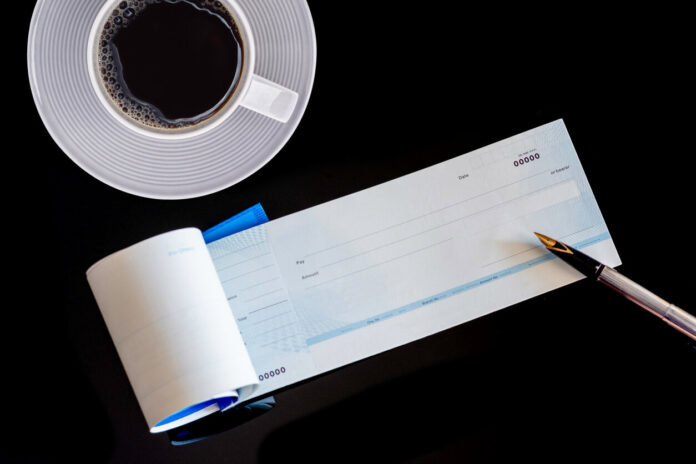A means of payment that is not really popular. The check struggles to outweigh the bank card, which is easier to use and fits much more easily into your wallet. In March, the Banque de France noted “a downward trend in the number of checks issued (…) over the past twenty years” which has accelerated in recent years. In 2021, payments by check represented only 3.9% of the number of cashless payments, far behind bank cards (56.9%), direct debits (17.7%) and transfers (17.1%).
It must be said that the check must meet many rules, which are not always easy to remember or set up… Here are the ones to follow when filling it out.
For his part, to endorse it, the beneficiary of a check must sign it on the back and send it to his bank before one year and eight months after the date of writing. Beyond that, it cannot be cashed.
All these rules are pushing more and more merchants to refuse payment by check, preferring cash or bank card, the latter giving proof that the account is well funded. For your part, using your checkbook is not necessarily the best way to monitor your expenses, if you do not do things correctly. Another part – sometimes forgotten – is to be completed at the same time as your check. It’s the check stub, and it’s not as simple as you might think!
Since a check can be cashed several months after being written, you can easily forget its beneficiary when your account is debited. There is only one solution to avoid this kind of inconvenience, fill out your pay stub. Here are three things to remember when drawing your pen.
Why are these three pieces of information so important? The issue date will allow you to easily find the payment in your checkbook. The amount of the transaction will allow you to verify that the correct amount has been received. Finally, the beneficiary of the transaction will allow you to verify that the check has not been misappropriated, for example.
The check stub being essential, it is therefore imperative to keep your checkbook, even when finished. How long should you keep it?
Don’t throw away your checkbook as soon as you finish it. As explained above, a check can be cashed up to one year and eight days after the date of writing and it is therefore imperative to keep your document until this date. For example, if your last check is issued on June 26, 2023, keep your checkbook – even when it is finished – until July 4, 2024. In this way, if the recipient takes time to cash it, you can always check that everything is correct.
For their part, the banks advise their customers to keep the check stubs for at least five years. They can indeed be proof of a payment, to the tax authorities or to the courts.















